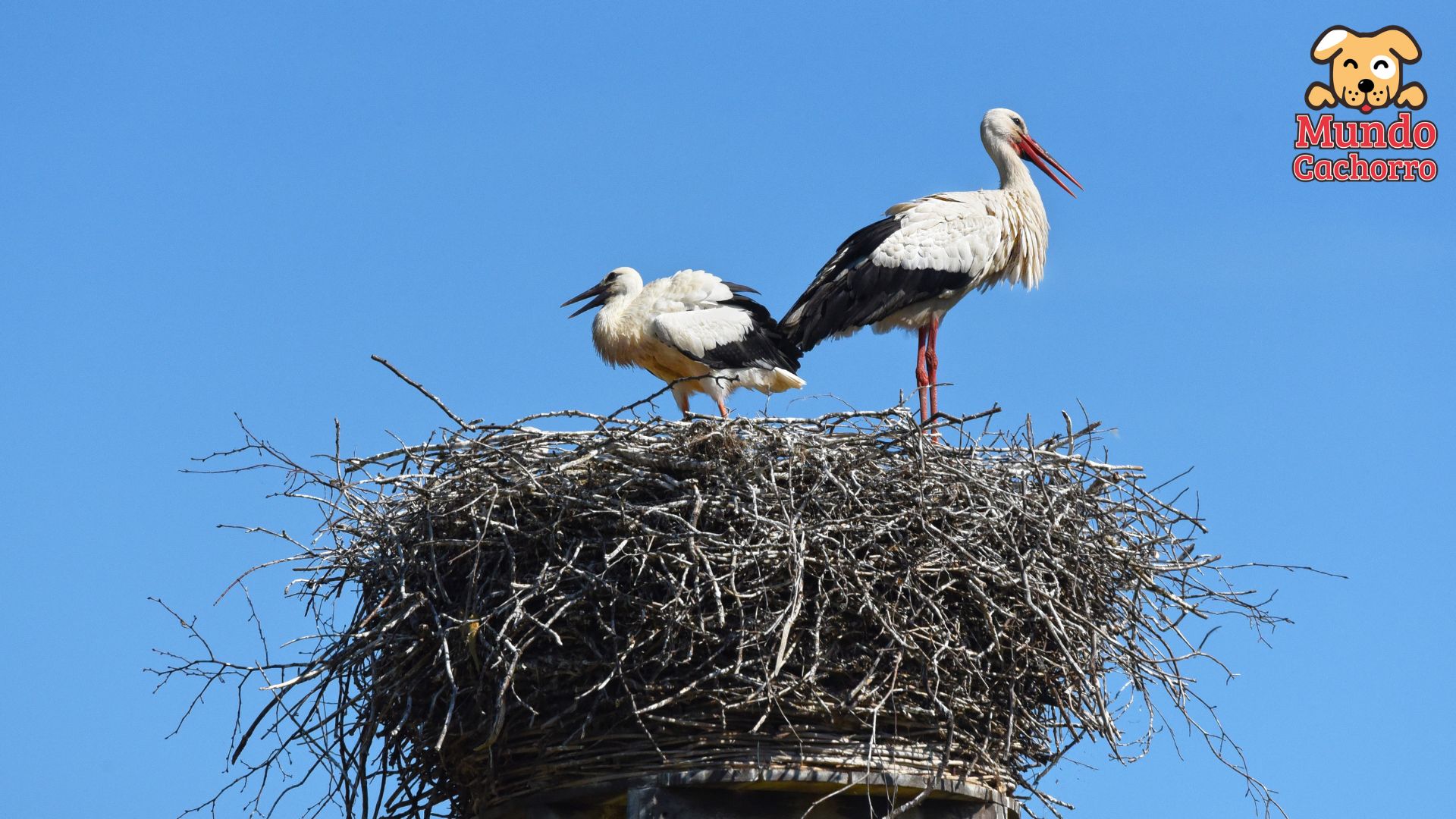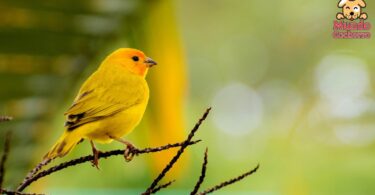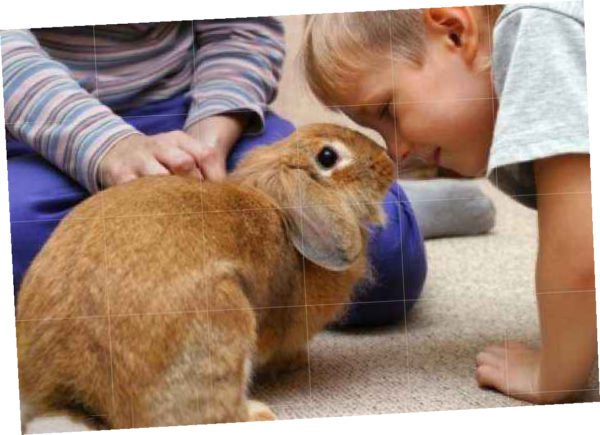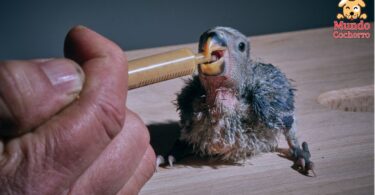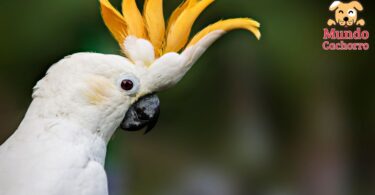Birds are chosen as pets by many people around the world. Their colorful plumage and peculiar trills are some of their best known characteristics. However, there are many other peculiarities of the different bird species. One of them is that a bird’s beak is related to the way it will build its nest. In this post we tell you about it.
What are the best bird treats?
Although not all birds build nests, researchers have found that a bird’s beak is related to its ability to build and use its nest. Among nest-building species, the shape of their beak is able to influence their abilities to both collect materials and manipulate objects and build specific structures.
The beak of a bird and its nest
A bird’s beak forms a very important part of its anatomy. This is because birds perform many tasks with their beaks: from feeding to nest building. Their shape and size vary according to the species. For example, the eagle’s beak is larger than that of a sparrow, because the eagle needs a larger beak to hunt larger prey. This characteristic can also be observed in the nest of each species, since the size and shape of the nest vary according to the shape and size of the bird’s beak. In addition, the shape and size of a bird’s beak will largely determine what type of materials it can use to build its nest.
Choosing the best cage for your bird in 10 steps
Strong and sharp beaks
Birds with strong, pointed beaks, such as woodpeckers, may use their beaks to drill and excavate holes in trees or other substrates. These holes can serve as safe and secure nests to raise their young.
Hook-shaped spikes
Birds with downward-curved beaks, such as eagles and hawks, can use their hooked beaks to build nests on rocky platforms or cliffs. The hook allows them to hold and handle branches and construction materials efficiently.
Long, slender beaks
Birds with long, slender bills, such as herons and spoonbills, often build nests in trees or bushes near water. Their long beak allows them to reach and collect materials, such as twigs and flexible stems, to build stable nests in high branches.
Indispensable care for your birds
Short and robust beaks
Birds with short, stout bills, such as sparrows and robins, often build nests in bushes and dense vegetation. Their beak allows them to manipulate and intertwine materials such as grass, moss and leaves to build cozy, well-camouflaged nests.
It is important to know that the relationship between beak shape and nest type is not a strict rule. What we mean is that there are also many other variables that also influence nest building. For example, the nesting behavior and environmental preferences of each bird species.
Image courtesy of https://pixabay.com, all rights reserved.


